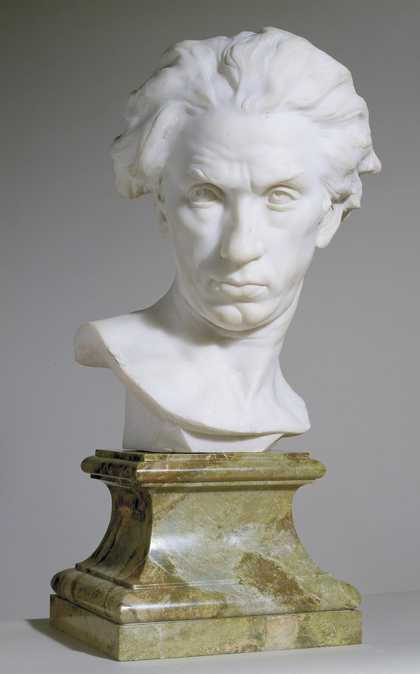
Charles Web Gilbert
The Critic (1916)
Tate
Tate Research Workshop
8 March 2013
Convenor: J.J. Charlesworth
Ongoing debates about the current status and role of art criticism tend to be hampered by confusions over a viable current definition of criticism. While art criticism may have once assumed a functioning relationship to such disciplines as art history and aesthetics, since the intellectual and theoretical transformations of the 1970s, this can no longer taken for granted. And while the disciplinary landscape may have changed, this has not meant that art criticism has become fully integrated with these new approaches. Indeed, criticism is now seen as an activity estranged from and made redundant by more advanced discursive practices. Frequently, the institutional form of criticism is often seen as a problem, and posed in conflict to the practice of theory and critique. Criticism is often seen as little more than a cultural mechanism of the market economy of art culture, providing the ‘textual bikinis’ (Groys) for the what is nothing more than the validation of commodities; criticism is also seen as theoretically suspect, when it takes on the role of making assessments of value, the critic exerting undeserved influence from the ‘judgement seat of power’ (Buchloh).
Evaluative criticism, then, appears as complicit rather than critical, accused of working within the pragmatic limits of the encounter with the particular work, and of being blind to the contexts of its own functioning. Yet art theory nevertheless has to engage with particular artworks, inevitably designating certain works as paradigmatic. This may indicate an unresolved tension in the historical evolution of discourse on art, which still provides evaluative criteria for value, while maintaining scepticism regarding the activity of evaluation.
By looking at the recent history of theory, critique and criticism, might we be able to map the shifting historical status of the practice of criticism more objectively? In an era of globetrotting star theorists, who now occupy the stage once held by leading critics, how might we rethink the relationship between general discourses and specific artworks, or between artists, critics and theorists? How do such constellations occur historically, and how do they function today?
J.J. Charlesworth
Participants
Matthew Bowman, Teacher, Department of Art History, University of Essex
J.J. Charlesworth, critic and Associate Editor, Art Review
Christopher Griffin, Collection Research Manager, Tate
Martin Hammer, Professor of History and Philosophy of Art, University of Kent
Sarah James, Lecturer, Department of Art History, University College London
Jonathan Miles, Tutor, Critical and Historical Studies, Royal College of Art
Stephen Moonie, Lecturer, School of Arts and Cultures, Newcastle University
Jennifer Mundy, Head of Collection Research, Tate
Michael Newman, Professor of Art Writing, Department of Art, Goldsmiths
Max Saunders, Professor of English and Director of the Arts and Humanities Research Institute, King’s College London
